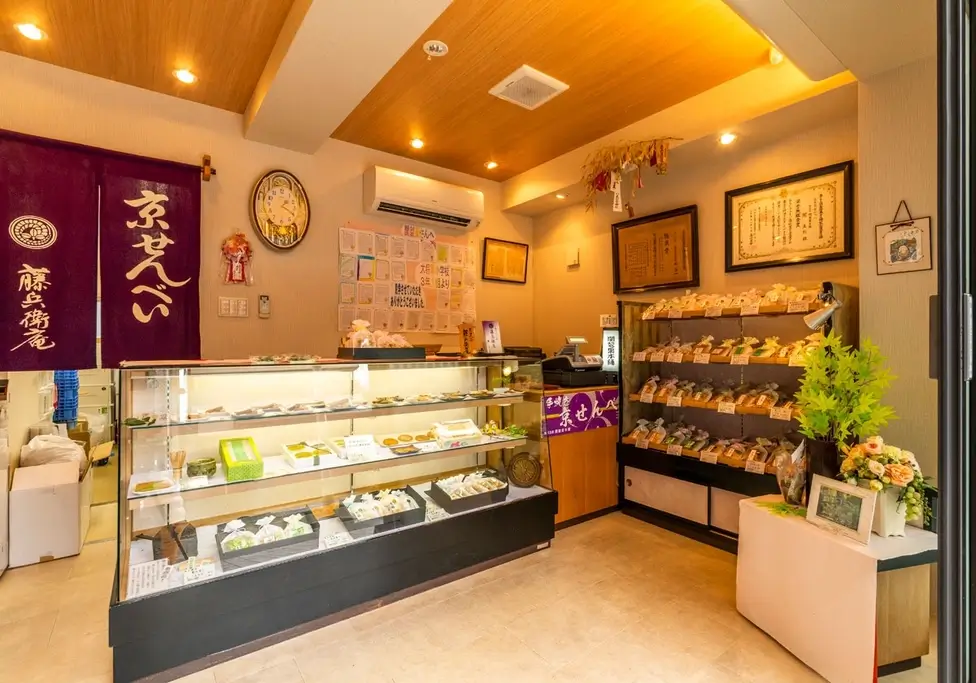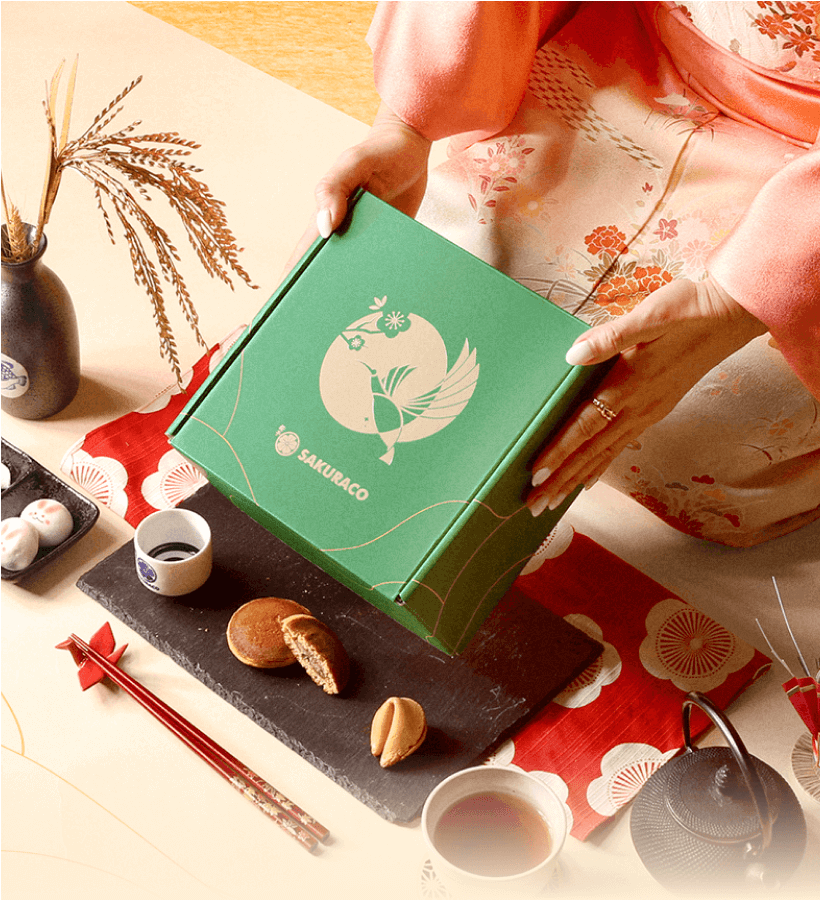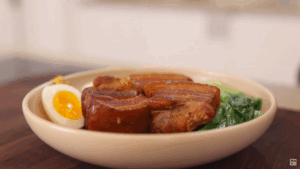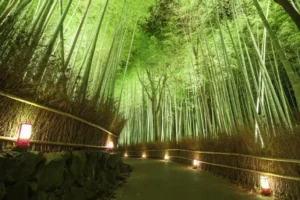We recently collaborated with Jun Yoshizuki, the talented YouTuber behind Jun’s Kitchen. His channel is known for mesmerizing cooking videos and heartwarming content featuring his cats. Jun also has another channel, Rachel and Jun, which he runs with his wife, Rachel. On this channel, they share insights into their life in Japan and their cultural experiences.
With millions of fans worldwide, Jun has earned a reputation for his dedication to authentic cooking. He blends Japanese culinary traditions with an approachable and creative style. Jun took us on an exclusive journey into traditional Japanese confectionery in this collaboration. He highlighted the artistry and passion behind these timeless treats. Together, we visited Seki Seika Confectionery (関製菓本舗), a family-run workshop known for its century-old commitment to crafting high-quality Japanese sweets.
Table of Contents
ToggleA Century-Old Craft
As Jun explored the workshop, we were captivated by the intricate process of creating these traditional sweets. From the careful heating of sugar and molasses to the delicate shaping of the dough, it’s clear that these confectioners have mastered their craft. This skill has been passed down through generations. It’s a testament to the enduring appeal of Japanese sweets and the importance of preserving such traditions.
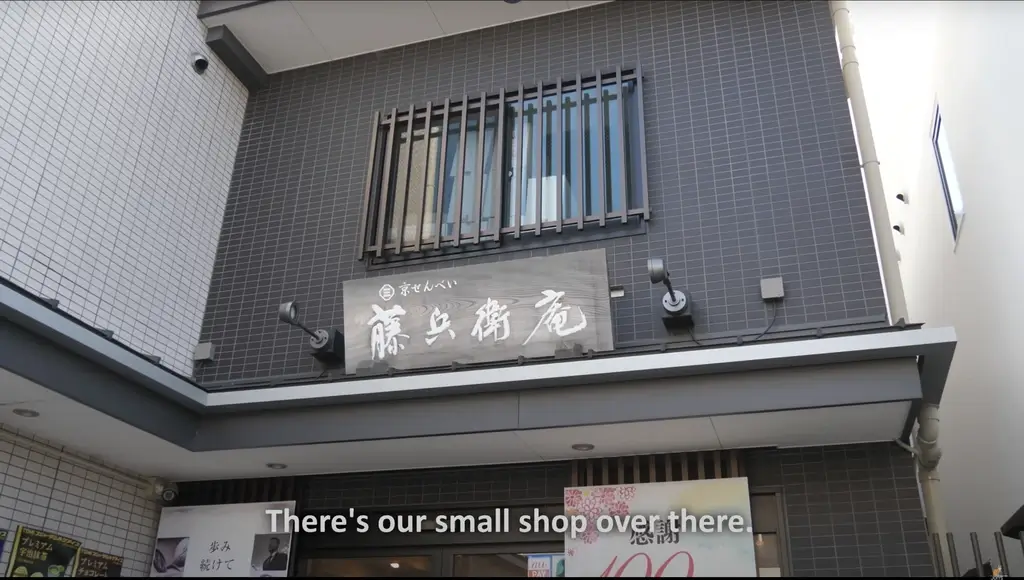
Balancing Tradition with Modernity
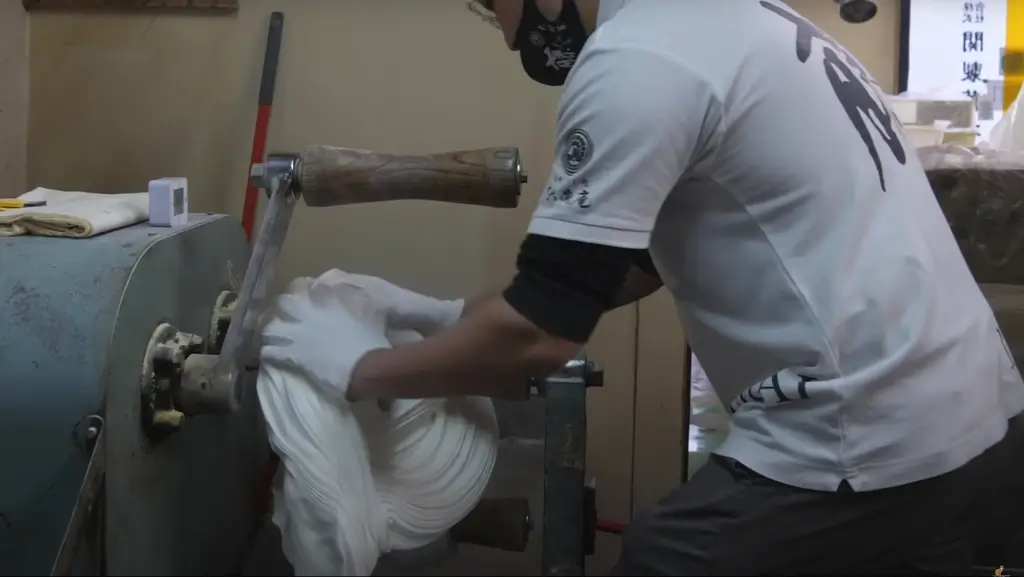
What’s remarkable about Seki Seika is how it has embraced a balance between tradition and modernity. Many of the workshop’s techniques have remained unchanged over the decades. However, it has also incorporated innovative ideas and ingredients to keep its offerings fresh and exciting. This approach resonates with us at Sakuraco. We strive to bring subscribers a taste of Japan’s rich culinary heritage while celebrating the inventive spirit of its artisans.
A Love for Sakura Mochi
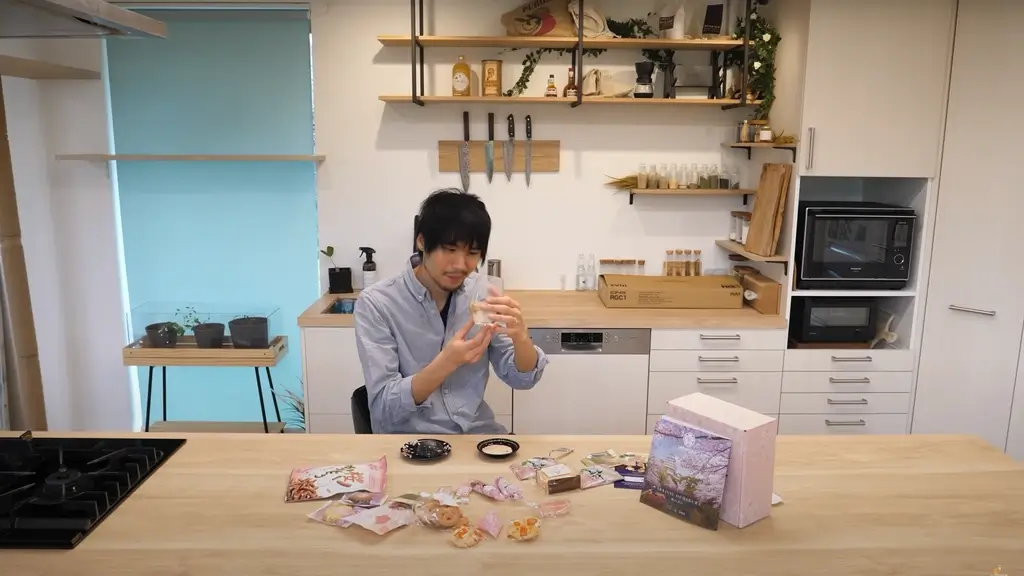
A standout moment in the video was Jun’s exploration of Sakura Mochi, a seasonal delicacy beloved in Japanese culture and featured in one of our Sakuraco boxes. This treat is a true celebration of spring, made with ground sakura petals and a sweet bean paste filling. Hearing the confectioner describe decades of perfecting this recipe and his love for this traditional dessert was inspiring and heartwarming.
A Legacy of Craftsmanship
The video also offered a rare glimpse into the hard work and dedication of the artisans who keep these traditions alive. Behind every delicious sweet lies a team of skilled individuals devoted to their craft. At Sakuraco, we are honored to support small, family-run businesses like Seki Seika and play a part in preserving their legacy for future generations.
Why is this collaboration important?
Our collaboration with Jun’s Kitchen was a delightful experience. It allowed us to share the beauty and complexity of traditional Japanese confectionery with our community. Whether you are a long-time Sakuraco subscriber or new to Japanese sweets, we hope this video inspires you. We want you to explore these delicious treats and appreciate the artistry and heritage behind them.

